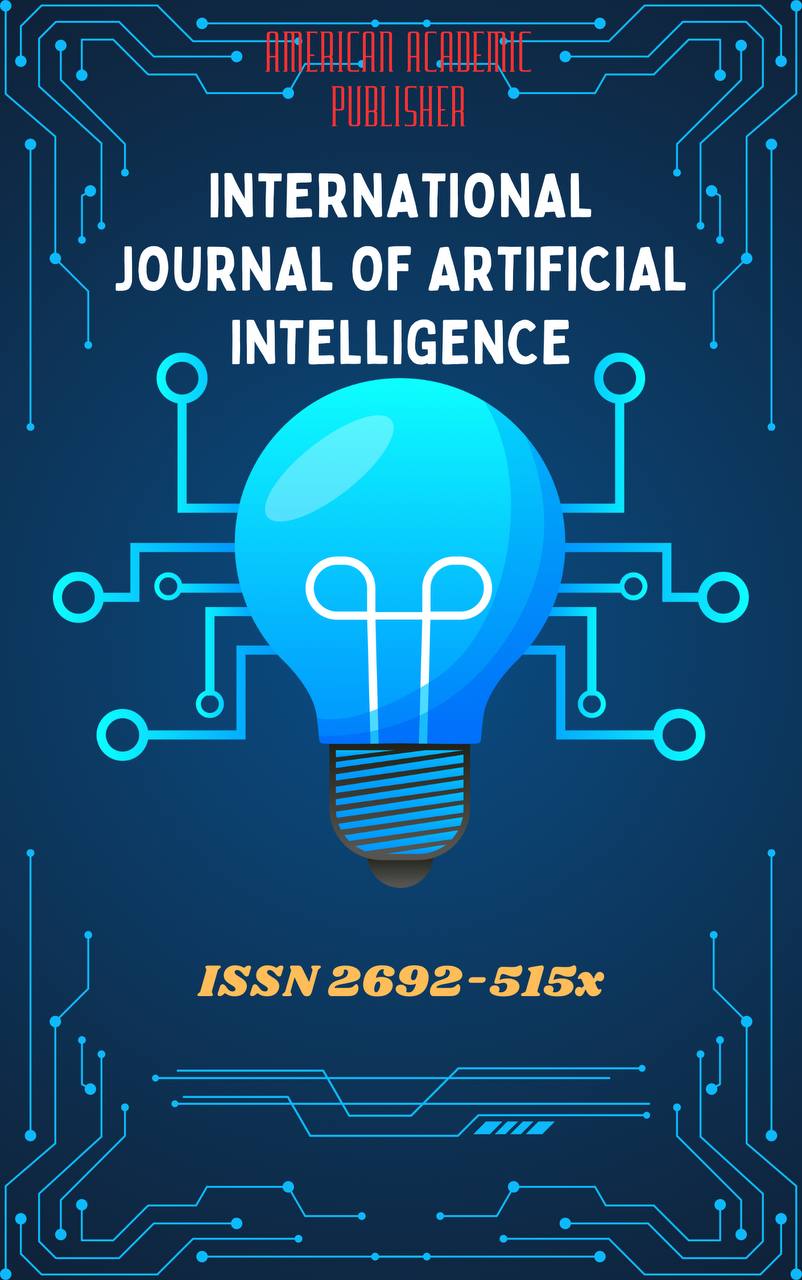 Articles
| Open Access |
Articles
| Open Access | THE ROLE OF WOMEN IN MODERN ARTIFICIAL INTELLIGENCE AND ROBOTICS
Kamolakhon Haydarova , Teacher at Kokand UniversityAbstract
This scientific article explores the current state of women's participation in the fields of Artificial Intelligence (AI) and robotics, the challenges they face, and strategies for overcoming these barriers. The study analyzes existing scientific literature, statistical data, international experiences, and practical initiatives. It identifies factors hindering women’s entry into these fields—such as gender stereotypes, educational disparities, labor market inequalities, and the lack of supportive systems. Additionally, strategic measures are proposed to increase female engagement, including ensuring gender equality in education, launching mentorship programs, promoting women-led research, and highlighting successful female role models. The findings emphasize the need for a comprehensive approach to ensure inclusivity in AI and robotics.
Keywords
Women’s participation, artificial intelligence, robotics, gender equality, STEM education, technological sciences, mentorship program, women's empowerment, labor market, stereotypes, innovation, inclusive technology.
References
Haydarova K. ROBOTOTEXNIKA: IT SOHASIDAGI AHAMIYATI VA O’RGANILISH DARAJASI //University Research Base. – 2024. – С. 1004-1006.
Haydarova K. TUPROQ NPK SENSORI VA ARDUINO: O'SIMLIKLARNI SOG ‘LOM O ‘STIRISH UCHUN AQLLI MONITORING TIZIMI //QO ‘QON UNIVERSITETI XABARNOMASI. – 2024. – Т. 13. – С. 390-392.
Haydarova K. TUPROQ NPK SENSORI VA ARDUINO: O'SIMLIKLARNI SOG ‘LOM O ‘STIRISH UCHUN AQLLI MONITORING TIZIMI //QO ‘QON UNIVERSITETI XABARNOMASI. – 2024. – Т. 13. – С. 390-392.
UNESCO. (2021). Cracking the code: Girls’ and women’s education in STEM. United Nations Educational, Scientific and Cultural Organization.
https://unesdoc.unesco.org/ark:/48223/pf0000253479
World Economic Forum. (2023). Global Gender Gap Report.
https://www.weforum.org/reports/global-gender-gap-report-2023
OECD. (2022). The Gender Gap in AI and the Future of Work. Organisation for Economic Co-operation and Development.
https://www.oecd.org/digital/gender-gap-in-ai/
Microsoft & KRC Research. (2019). Closing the STEM Gap: Why STEM classes and careers still lack girls and what we can do about it.
https://news.microsoft.com/stories/stem/
UNESCO Institute for Statistics (UIS). (2020). Women in Science.
http://uis.unesco.org/en/topic/women-science
Mirzapulatovich E. O., Eralievich T. A., Mavlonjonovich M. M. Mathematical model of increasing the reliability of primary measurement information in information-control systems //Galaxy International Interdisciplinary Research Journal. – 2022. – Т. 10. – №. 5. – С. 753-755.
Mirzapolatovich E. O., Eralievich T. A., Mavlonzhonovich M. M. Analysis of Static Characteristics Optoelectronic Level Converters Liquids and Gases Based on Hollow Light Guides //European journal of innovation in nonformal education. – 2022. – Т. 2. – №. 6. – С. 29-31.
Article Statistics
Downloads
Copyright License

This work is licensed under a Creative Commons Attribution 4.0 International License.

